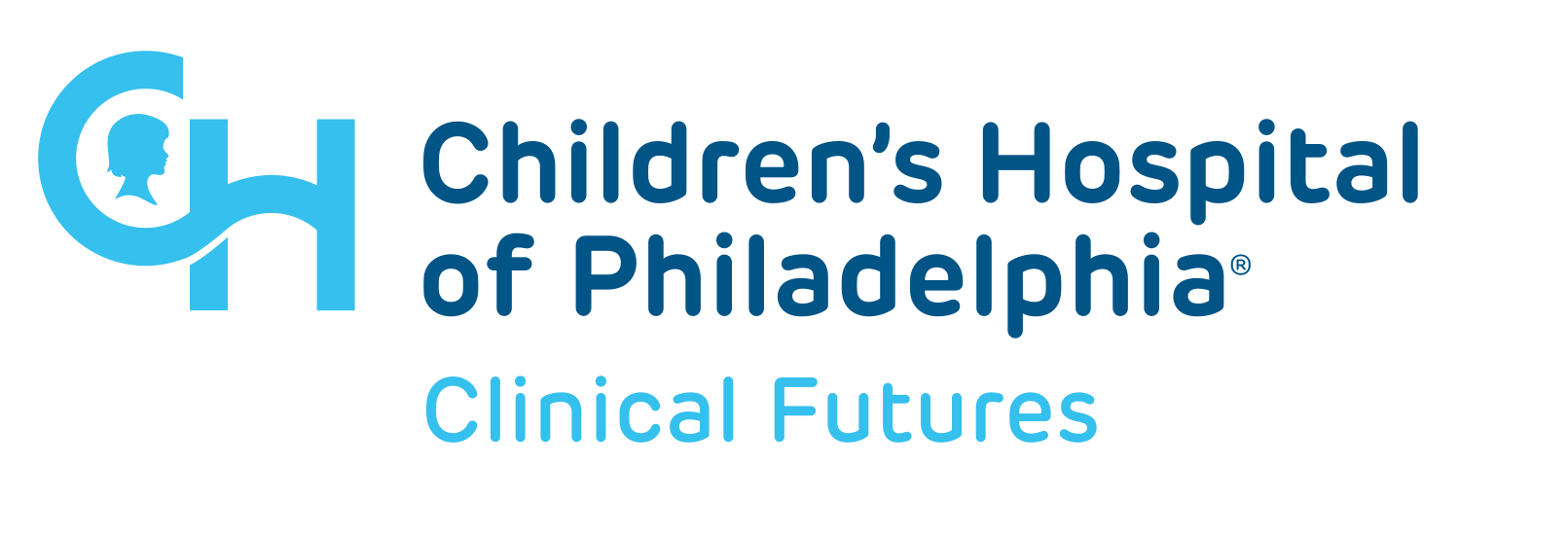Research In Practice Blog
Breadcrumb

Identifying the determinants of health–related quality of life in children after heart transplant
Pediatric heart transplantation is an effective treatment for advanced heart failure refractory to medical management and can alleviate symptoms associated with cardiac disease in children, such as fatigue, shortness of breath, reduced cardiac function, and poor blood flow to vital organs. Unfortunately, many children after a heart transplant have impaired quality of life. Improving the quality of life for pediatric heart transplant recipients is an important end unto itself, and is also essential for ensuring their long-term physical and mental health..
A team of researchers, including Clinical Futures’ core faculty members Jonathan Edelson, MD, MSCE, Joseph Rossano, MD, and Michael O'Byrne, MD, MSCE, investigated the factors that determine health-related quality of life (HRQOL). Understanding these factors is essential for identifying high-risk groups and designing effective interventions as it pertains to pediatric heart transplant patients.
"It is essential to identify the factors that negatively affect the health-related quality of life for pediatric heart transplant recipients. Doing so will help improve their overall health, well-being, and quality of life," said Jonathan Edelson, MD MSCE, a co-author of the study and a core faculty member at Clinical Futures.
Study Design and Findings
Researchers conducted a cross-sectional study that involved 31 heart transplant recipients aged 8 to 18 years and their families. The primary outcomes of the study included:
- Cardiac-specific health-related quality of life (HRQOL), measured using the Pediatric Cardiac Quality of Life Index
- General HRQOL, measured by the Pediatric Quality of Life 4.0 Core Scales
The results showed an association between individual and disease specific characteristics (such as anatomic diagnosis, pulmonary capillary wedge pressure [PCWP], and cardiac index [CI]), microenvironmental factors (including parent education level, financial security, parental stress [PSI], and assessment of child anxiety), and macroenvironmental variables (specifically, the Child Opportunity Index [COI]) with health-related quality of life.
The study found that higher levels of parental stress, a greater parental perception of child anxiety, and higher pulmonary capillary wedge pressure (PCWP) were all independently linked to a worse quality of life. On the other hand, better performance on higher maximum oxygen consumption on cardiopulmonary exercise testing and increased measures of resilience were associated with better HRQOL.
Research in Practice Implications
To improve patient outcomes, it’s important to consider patient psychology and the household environment as key determinants of quality of life following a heart transplant. Research indicates strong connections between parent and family factors and the quality of life (QOL) in children, suggesting that a family-centered approach to care is necessary. Potential interventions may include screening parents during clinic visits, referring those experiencing high levels of stress to psychological counseling as needed, and providing resources to help alleviate stress, such as transportation and food assistance, as well as employment and financial services.
“Not only do traditional limitations in cardiovascular function following heart transplant affect the quality of life for patients, but mental health and family environment also play a crucial role. This highlights the need for an adapted ecological systems framework to better understand and enhance the health-related quality of life for children,” said Michael O'Byrne, MD, MSCE, co-author of the study and core faculty member at Clinical Futures.
Long-term survival for child transplant recipients depends largely on their consistent adherence to immunosuppression medication. The relationship between mental well-being and medication adherence further underlines the importance of interventions aimed at improving health-related quality of life (HRQOL). Enhancing HRQOL could lead to better well-being for children, increased adherence to medication, and ultimately improved survival rates.
Actionable Insights:
- Clinical: The scarcity of transplantable pediatric hearts and persistent rate of death, while waiting for a transplant, underscore the importance of efforts to improve the lifespan of transplanted organs and the QOL of childhood heart transplant survivors
- Research: The current study identifies modifiable factors that may improve the health and well-being of these children, and which should be further evaluated in future research. In particular, these results reinforce that traditional measures of cardiopulmonary function (i.e., higher PCWP and worse performance on exercise testing), patient psychopathology (anxiety by parent-proxy report), and household environment (parental stress) were all associated with worse/lower HRQOL in models adjusting for measurable confounding. This underscores the importance of considering these factors in the health and well-being of this vulnerable population.
- Advocacy/Policy: This research emphasizes the importance of addressing psychosocial and socioeconomic factors in the care of pediatric heart transplant patients. Advocacy efforts and policy reforms should focus on integrating comprehensive support systems that encompass mental health services, financial assistance, family involvement, community resources, and collaborative research to enhance the quality of life for these vulnerable patients.
Information and Resources
Clinical Futures author(s):
Jonathan Edelson (first), Joseph Rossano, Michael O'Byrne (last)
Additional study author(s) from Children’s Hospital of Philadelphia:
Debra Lefktowitz, Matthew O'Connor, Rachel White, Lynne Ha, Carol Wittlieb-Weber, Kimberly Lin
